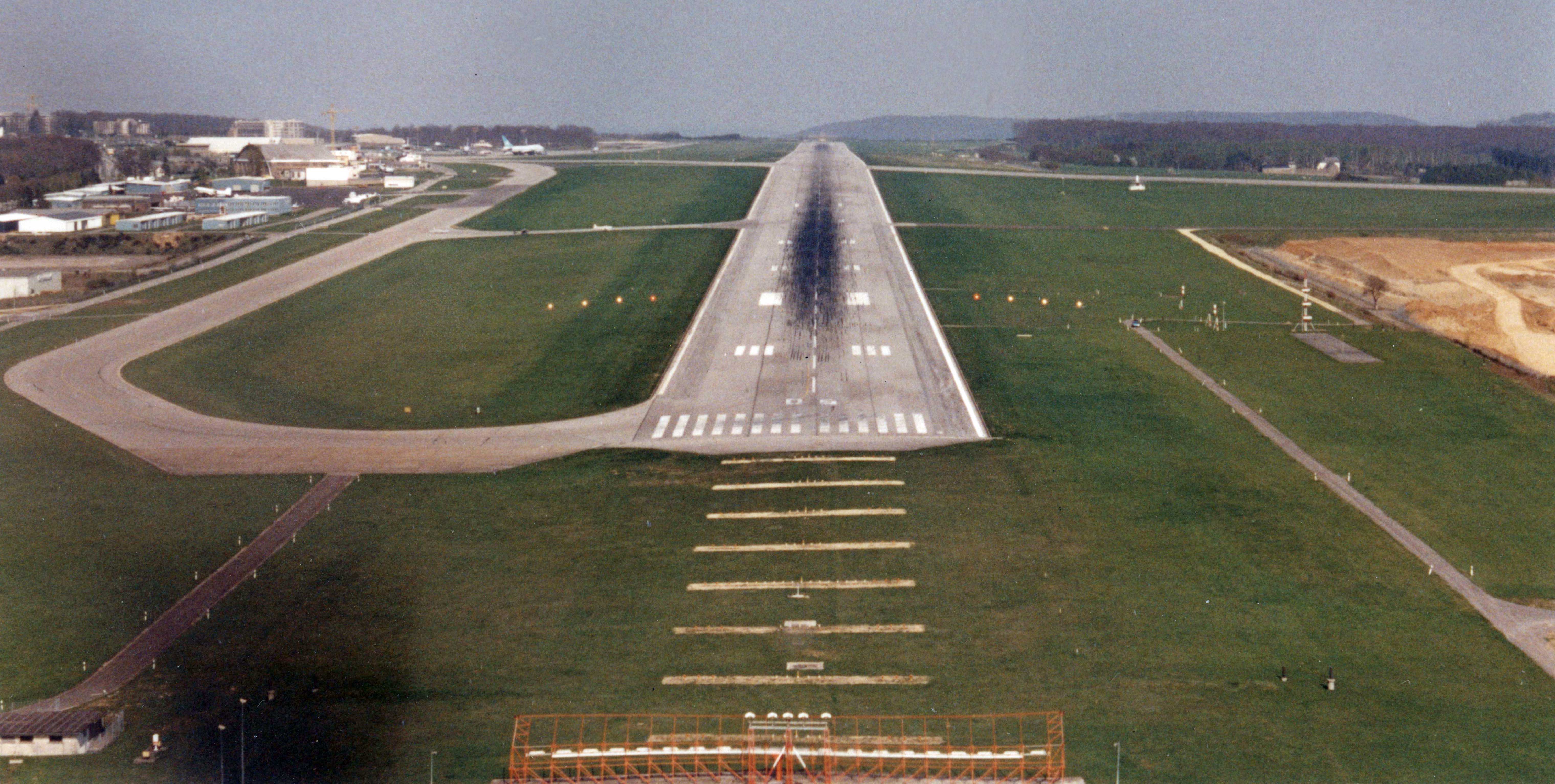War TW Nr. 2. Bei der 747 kann es aufgrund der dynamischen Verwindungen des Flügels dazu kommen das beim zu hartem Aufsetzen die inneren Triebwerke vor den äußeren Bodenkontakt bekommen, insbesondere wenn (unfreiwillig) das Bugfahrwerk hart abgesetzt wird.
Das kann man im Video bei Sekunde 5 sehen, wie die Nr. 2 beim Aufschlag des Bugfahrwerk mit der Front nach unten schwingt.
Hinzu kommt das der erste Teil der 06 in Lux bergauf geht, was das korrekte Abfangen eines schweren und schnellen Flieger erschwert.
Analyseversuch aus Pprune
https://www.pprune.org/accidents-close-calls/652359-cargolux-747-pod-strike-landing-then-ga.html#post11421380:
"Years ago, I investigated a pod scrape of a #3 engine on a B744F, and had to go into detail as to how it was possible for the engine to contact the ground within the pitch and roll limits of the FCTM static guidance material. In the end, the penny dropped that the wing is a flexible beam with bending and torsional responses to loads. In this video, we are seeing one of the most impressive displays of the wing response, there is 1st and 2nd order bending going on, and 1st order torsion at least occurring nodding the engine onto the ground. Interesting video.
It looks like the attitude dropped a little coming into what was anticipated to be ground effect, and that didn't get corrected, the flare was slightly late but not by much for normal weights, but this guy was heavy. I don't see any evidence of a major tail wind, and his attitude is about normal for the approach, so ge is not travelling excessively fast, but he has a good GS, so he is very heavy.
The rock n' roll is what gives the engine scrape, the touchdown attitude was in a reasonable pitch, but had just too much sink still. The data will be interesting, hard to see what the aileron and rudder inputs are just after touchdown, roll will probably be from control inputs not rebound."





